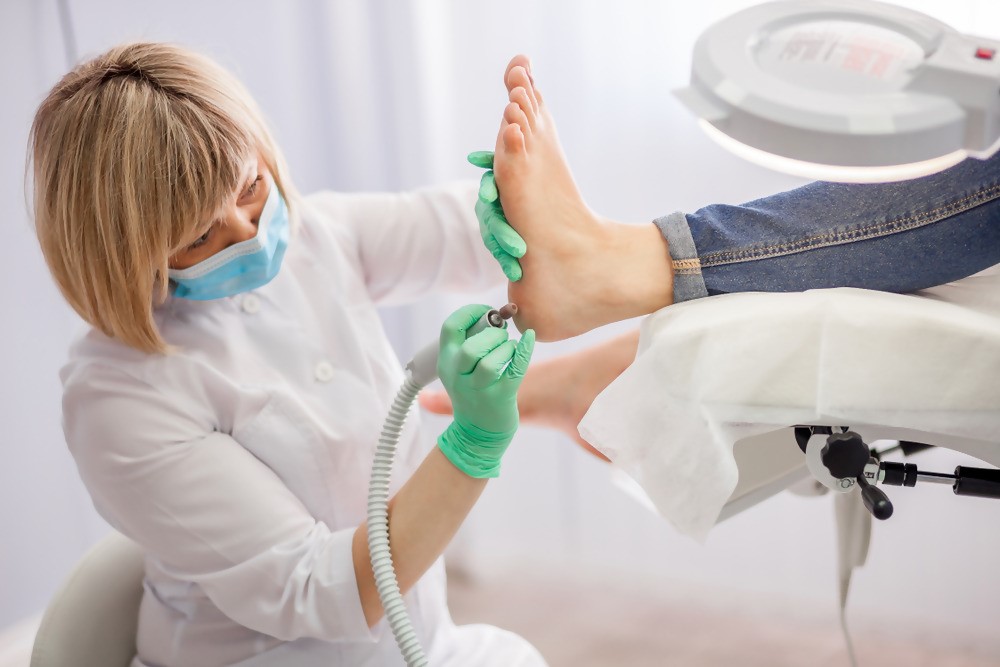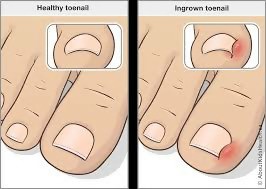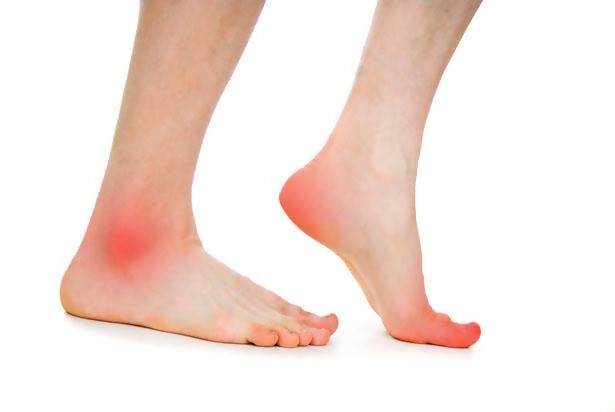What is a podiatrist?
A podiatrist is a term used to describe medical specialists who treat problems in your feet, ankle or lower part of the legs. Podiatric treatments can range from treating injuries in the feet, to treat other health problems affecting the feet, such as diabetes, skin and nail problems, arthritis, and so on. Podiatrists are informally known as foot and ankle doctor in Houston TX, “foot physicians” or also known as podiatric physicians.

Medical training of podiatrists
Although podiatrist Cypress TX is referred as a doctor, they do not study in conventional medical schools. Instead, they go to their own professional associations and schools. While doctors usually carry the MD degree (written beside their names), podiatrists carry the DPM degree (doctor of podiatric medicine). Similar to other medical students, podiatrists, too, study and train for four years in podiatric medical school. According to mandate, podiatrists have to complete three years (minimum) of residency training for gaining experience, in clinics and hospitals.
After a student of podiatric medicine has passed all the necessary examinations, the American Board of Podiatric Medicine certifies him or her as a doctor of podiatric medicine. In some cases, the podiatrist may pursue specialized fellowship training focusing on a particular area in Podiatry to become a specialist podiatrist.
What does a podiatrist do?
Podiatrists perform a wide range of activities such as surgery, resetting bones which have been fractured, broken or damaged and so on. They are also authorized to prescribe drugs and order X-ray tests and other lab tests. Often, with patients suffering from conditions which affect their lower legs and feet, podiatrists require to work closely along with specialists from other medical disciplines.
What conditions do podiatrists treat?
Here is a brief list of the usual problems and conditions that are treated by podiatrists. If you’re facing any of these, consult a podiatrist at the earliest:
- Injuries such as sprains, fractures:
These are common injuries of the foot or ankle. Often, these injuries are met by athletes who go to foot and ankle doctor Houston at DeNiel Foot and Ankle Center for treatment as well as to learn about how to avoid such injuries.
- Bone problems in the feet:
These include conditions such as bunions are hammertoes. Bunion refers to a condition in which the joint located at the base of the big toe becomes larger or gets knocked out of its position, resulting in the big toe bending towards the other toes. Hammertoes, on the other hand, refers to a condition in which the toe (any toe) does not bend in the correct way.
- Nail problems:
Nail problems include infections in the toenails such as fungal infections, and so on. An ingrown toenail is also a troublesome problem in which a corner of the toenail grows into the toe instead of growing outwards.

- Diabetes:
Diabetes refers to a health disorder in which the blood sugar levels in the body remain excessively high due to the lack of production or usage of a hormone called insulin. Patients affected with diabetes can suffer from neural damage in the feet and legs and also may suffer problems getting sufficient blood supply to the feet. Diabetes can seriously affect a patient’s feet and legs.
According to statistics, every year, over sixty-five thousand patients require amputation of a foot due to diabetes. Therefore it is very important for diabetic patients to see a podiatrist from Houston foot and ankle center in order to prevent that. In case you’re a diabetic patient and you notice a sore or a callus on your feet, it is advised that you consult a podiatrist at the earliest.
- Arthritis:
Arthritis is a disorder in which the joints of your body get inflamed, swollen or suffer from wear and tear. Patients suffering from arthritis must see a podiatrist. Each foot in the body has thirty-three joints and they can be severely affected by arthritis. Podiatrists can recommend medication, physical therapy, special type of shoes and inserts for alleviating feet and leg (joint) pain in arthritis. In case these do not work, the podiatrist may suggest surgery.

- Growth pains in children:
In children, problems or mild deformities may be present or develop. If a child’s feet point inwards, or they look flat, or his or her toes do not line up in a normal way, he or she should be taken to a foot doctor in Houston Texas. Initially, depending upon the condition, the podiatrist will recommend putting braces, use insoles, or suggest exercises. In case the condition requires further treatment, surgery is recommended.
- Pain in the heels:
Heel spurs refer to a condition in which excess calcium builds up at the bottom of the heel bone. Heel spurs may be caused due to a variety of reasons- being obese or overweight, excessive running, or due to wearing ill-fitting footwear. Besides heel spurs, heel pain can also be caused by plantar fasciitis that is the inflammation of a connective band of tissue along the bottom of the foot. Taking part in sports or wearing non-supportive footwear may lead to this. If your foot bends inwards or outwards too much when you walk (overpronation) is also a cause of heel pain. Achilles tendinitis is a condition causing pain at the back of the heel where the Achilles tendon is present. These are usually treated with pain-alleviating drugs and using shoe inserts known as orthotics. In a few cases, surgery is required.
- Morton’s neuroma:
This is a nerve problem between the third and fourth bones in the foot. Symptoms include pain, burning and a sensation that there is something inside the shoe. This neural problem is generally faced by runners, which is worsened if tight shoes are worn and over pronation occurs. A foot doctor in Houston Texas will give shots for relieving pain and inflammation and recommend orthotics (shoe inserts). Surgery may also be suggested for this condition.
When should you go see a podiatrist?
If you detect symptoms of any of the disorders mentioned above, you should go see a podiatrist. If you experience foot pain, notice unusual thickness or discoloration in the toenails, or cracks, warts on the skin of your feet, or see the sole of your feet scaling or peeling off, consult a podiatrist from Houston foot and ankle center as early as possible.
If you have any questions, please feel free to contact our office located in Houston, TX. We offer the newest diagnostic and treatment technologies for all your foot and ankle needs.